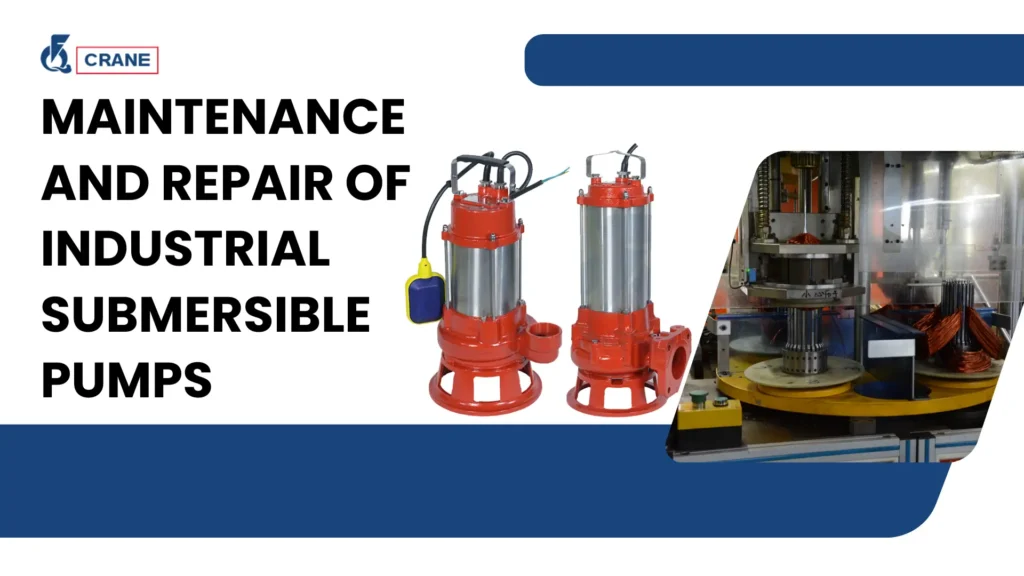Efficiency of the submersible pumps affects directly the operational costs and productivity.
Timely repairs ensure that the pumps run at their maximum capacity, with no failures on the spur of the moment, stopping the operation.
Also, failure to attend to a pump may cause it to perform below specification and can lead to wasted energy and even damage that may call for costly repairs. Keeping efficiency offers monetary savings and prolongs equipment life.
The blog post is supposed to be an informative one targeted at potential buyers and existing users of industrial submersible pumps in order for them to understand the essence of maintenance and repair.
Learn More:
- 10 Features to Look for in Submersible Pumps
- 6 Common Mistakes When Sourcing Submersible Pumps
- Advantages of Using Submersible Pumps in Agriculture
Regular Inspection and Cleaning Procedures
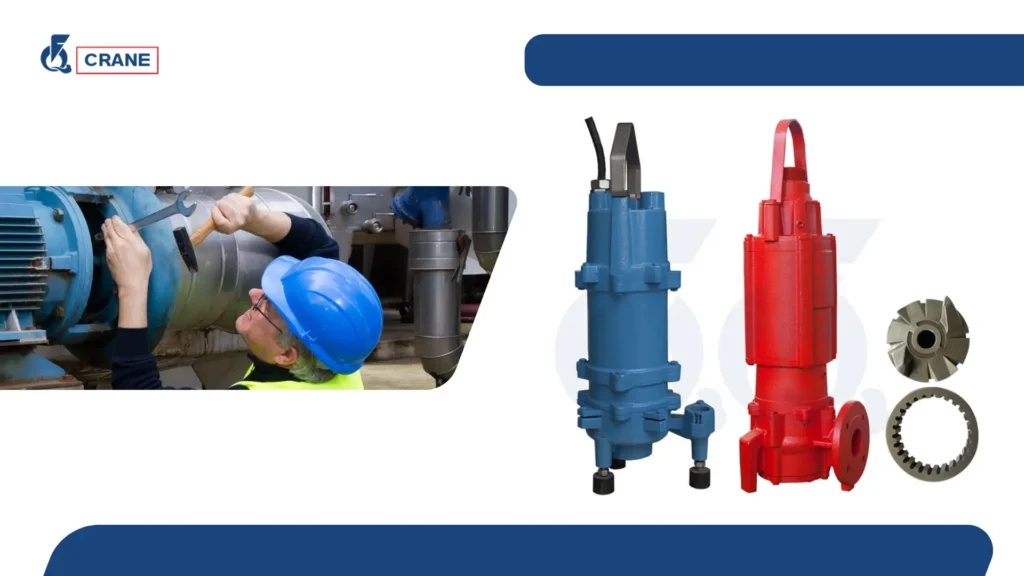
Frequency of Inspections
It is asserted that the inspections, for an optimal experience, ought to be done monthly.
By so doing, the operators shall inspect any visual damage, abnormal noises, or leakage. These shall also extend to more detailed inspections after every three months whereby internal parts of the pump may be subjected to analysis.
This persistent care insinuates that potential problems are identified and addressed in advance to enable the pump to work effectively.
Key Components to Inspect
Examining a submersible pump, the attention should be directed at the basic parts constituting the body: the submersible pump in its basic components consists of a motor, seals, impellers, and bearings.
The pump acts under the action of the motor; indeed, a stopped motor results in an inoperable pump.
Seals prevent leaks, impellers move the fluid efficiently and bearings support the rotating parts.
Wear of these parts frequently causes serious operational problems that could easily have been avoided.
Cleaning Methods and Best Practices
Cleaning too is a very important aspect of maintenance that must not be overlooked.
Clean the debris and sediment that may be caught around the pump and in the intake filters using soft brushes and cleaning agents that would not be corrosive to sensitive components.
Schedules for cleaning go a long way in maintaining performance and preventing clogging, which results in overheating, among other mechanical failures.
Common Issues and Causes of Malfunction
Overview of Typical Problems Encountered
Other common industrial submersible pump issues include overheating, seal leaks, and clogging.
Overheating originates either due to excessive operational needs or owing to the inability to cool the pump effectively.
Seal leaks usually indicate wear and tear and, if left unaddressed, might further result in loss of the liquid and damage.
Clogging generally originates from deposition of debris, which interferes with the smooth flow of the liquid, putting stress on the pump often .
Root Cause Analysis
These problems are linked to various root causes: overheating is usually due to operating for a long period under high-temperature conditions or lack of adequate ventilation; seal leakage is often due to its age, wear, or improper installation; and clogging would take place if the pump is situated in an area with high levels of debris or sediment.
Understanding these causes will be helpful to avoid recurring problems.
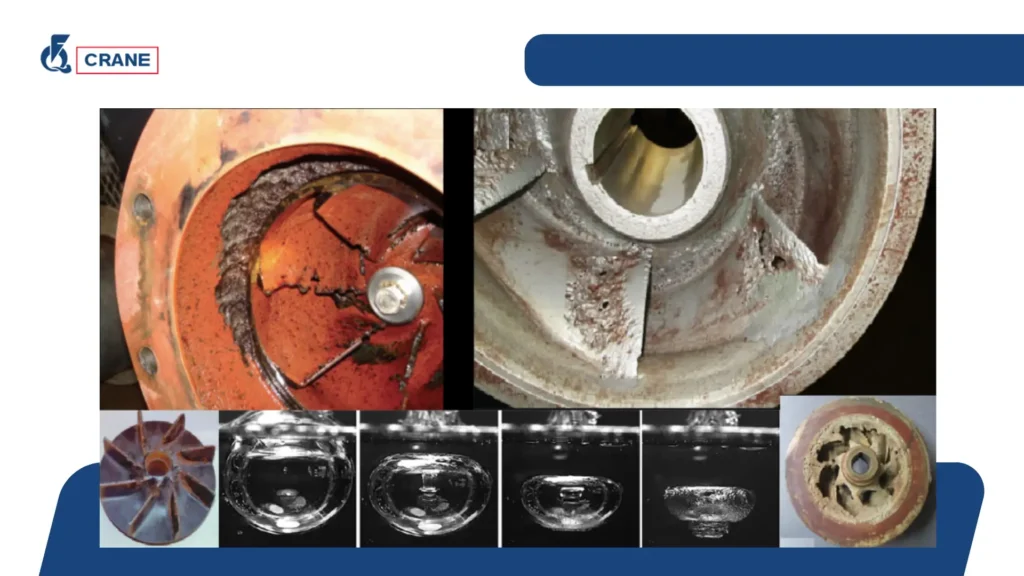
Impact of Neglecting These Issues
Neglecting these two important activities will result in a number of serious consequences.
Very minor issues may become major, catastrophic failures requiring very costly repairs or, worse, total replacement of the pumps.
More importantly, a pump failure may mean a disruption of an ongoing process or operation, involving the loss of valuable revenues and productivity.
A regular maintenance program minimizes these risks.
Parts Replacement and Repair Techniques
How to Identify Parts That May Need Replacement
Thus, while inspecting, one needs to find out which part needs to be replaced.
These are usually seals and bearings or impellers. It could show wear by making an unusual noise, leaking, or a minor performance reduction.
The earlier the determination of such wear is made and the components replaced, the better for the pump performance.
Step-by-Step Explanation of Common Repair Techniques
Repairs to a submersible pump can be pretty straightforward if done in a well-tabulated manner:
Dismantling the Pump
Dismantle the pump with care, strictly in accordance with instructions given in the manufacturer’s handbook, in order to avoid damaging it.
Inspect Each Component
Look for signs of wear or damage on all parts, including the motor component and seals.
Replace Worn Parts
Utilize high-quality replacement parts meeting or bettering manufacturer specifications.
Reassemble and Test
After conducting repairs, reassemble the pump and conduct tests to make sure it operates correctly before putting it into service.
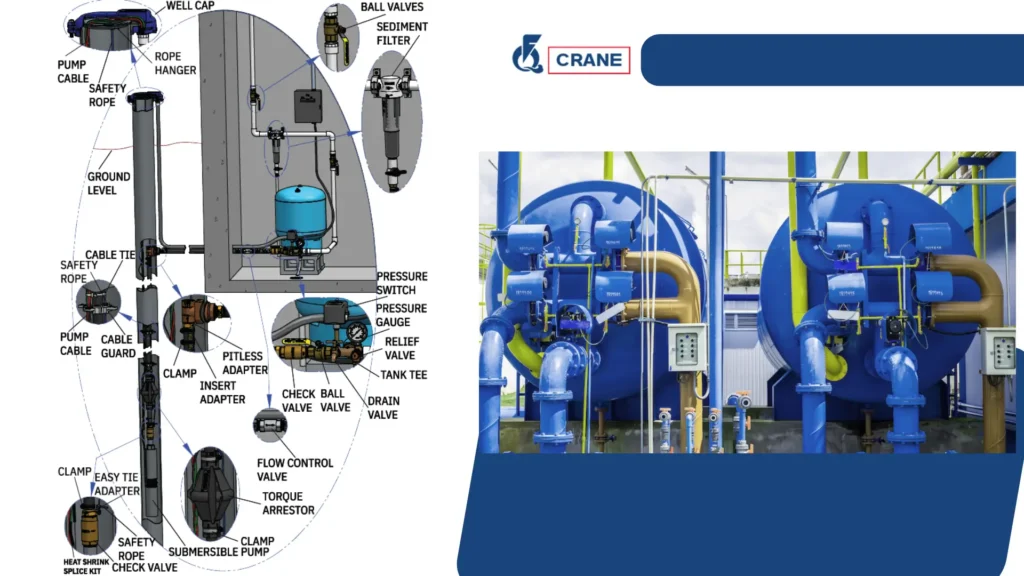
Quality Replacement Parts are Important
Use high-quality replacement parts. Inferior ones cost a little less, but may introduce more serious problems later on.
Quality parts assure reliable performance and durability of a much higher degree.
Tips for Extending Pump Lifespan
Operation Best Practices
Always run your submersible pump within the set limits by the manufacturer.
Operating a pump in overloaded conditions, or out of its operating specifications, leads to early failure.
Furthermore, routine monitoring of performance metrics can also facilitate the early detection of problems for effective interventions in time.
Environmental Considerations
A very high or low temperature, along with exposure to corrosive media, can drastically shorten the service life of a pump.
Apply coatings or enclosure-type protection against environmental stressors to the pump.
Installation Importance
Good installation is very important for the pump to work at an optimum. Installation must be done according to the instructions of the manufacturer so that errors are avoided.
A poor installation may result in high abrasion internally in the pump, which would ultimately lead to operational inefficiency and a very short life span.
Importance of Scheduled Maintenance
Benefits of a Maintenance Schedule
Scheduling maintenance, in turn, has several advantages, such as prevention of sudden breakdowns and systematic monitoring of the health of the pumps.
A good schedule will, therefore, enable operators to plan for inspection and repairs to minimize disruption in operations.
How Often Does Maintenance Need to Be Carried Out
It should involve monthly checks, as well as complete inspections every three months. With such frequency, one is able to check regularly and have equal chances of deeper checks of the components that make a pump.
The adjustments can be done according to patterns of use or environmental conditions.
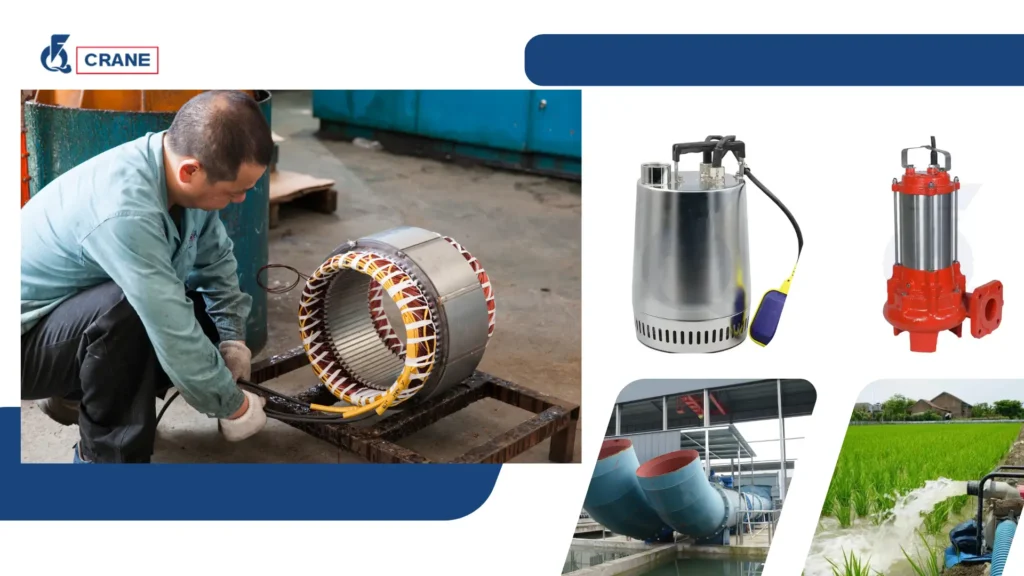
Professional Servicing
While many maintenance activities can be undertaken in-house, servicing by professionals is very essential to ensure that proper checks and repairs are made.
Professionals are much better equipped with the ability and the necessary tools to correctly identify acute problems, thereby managing to undertake more effective repairs and enhancing pump reliability.
Troubleshooting Guide
Common Symptoms of Pump Failure
Pumps are known to fail and exhibit symptoms such as strange noises, lowered flow rates, or increased energy consumption.
The earlier the symptoms are identified, the better one is at saving time and money in diagnostic and repair measures.
Diagnostic Steps to Identify Issues
To carry out diagnosis effectively:
Check for Power Supply
The pump needs adequate power, and the connections should be good.
Look for Leaks or Vibration
Observe the pump for any evident leaks or unusual vibrations, which may depict some internal problems.
Performance Metrics Testing
The measured actual performance metrics are compared to the manufacturer specifications to determine if the pump has some deviation in values.
When to Seek Professional Help
If none of those troubleshooting steps reveal the cause of the problem, or if problems persist after some specific number of trial attempts to resolve it, then outside professional help is required.
They can draw conclusions from many complex issues where a normal person would have no idea, and thereby ensure fast resolution of problems.
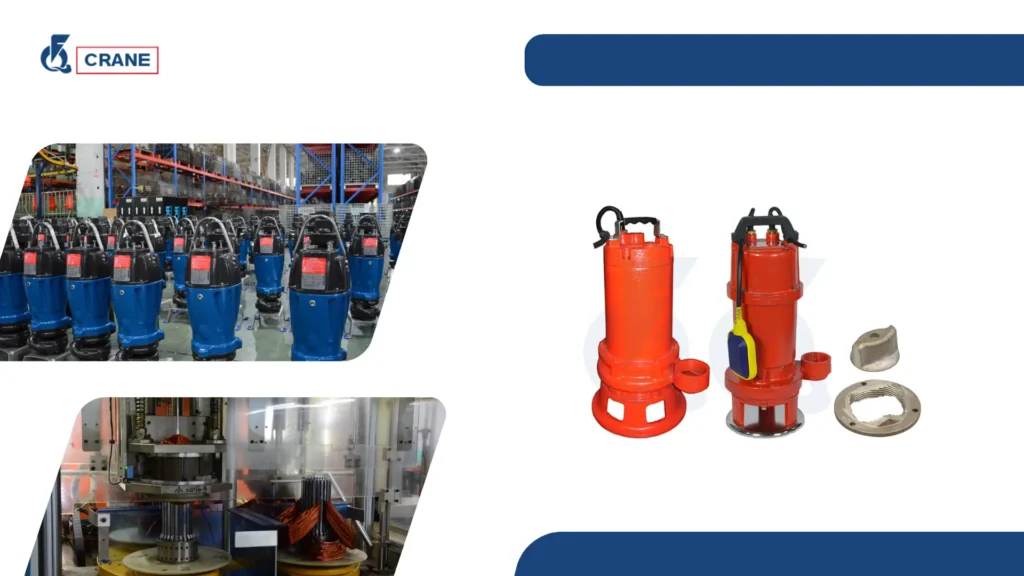
Cost Considerations
Budgeting for Maintenance and Repairs
Any industrial use involving submersible pumps requires a budget for maintenance and repairs.
Allocate a certain budget that covers the regular activities in maintenance and those intended for unexpected repairs.
This could help avoid stress caused by sudden failures of equipment.
Cost-Benefit Analysis of Regular Maintenance
Cost-benefit analysis of routine maintenance will reveal that investment in this regard certainly pays off in the long run.
This is because the chances of major repairs are reduced substantially if it undergoes routine maintenance.
It extends the pump’s operational life and thus saves lots of money over a period of time.
Long-Term Savings Through Proactive Care
Investing in proactive maintenance and care improves efficiency while reducing overall operation costs.
The ability to handle a problem before it escalates means that businesses can realize huge savings over time, hence making it a very worthy investment.
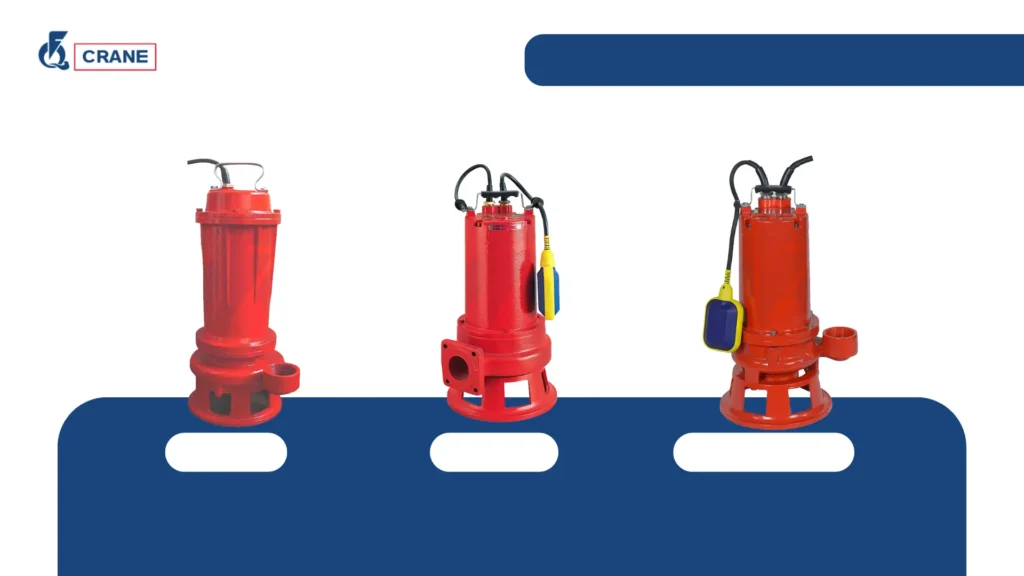
Conclusion
In this article, we spoke about important issues regarding industrial submersible pumps maintenance and repair.
Among them was regular inspection, common problems, and methods of repair, advantages of a scheduled maintenance program.
With proper understanding and implementation of effective maintenance strategies, one can ensure the dependability and efficiency of the industrial submersible pumps.
The essentials of regular care and timely repair will help the equipment evade the pricey downtimes and extend its service life.

